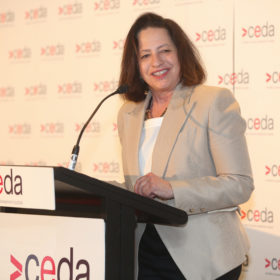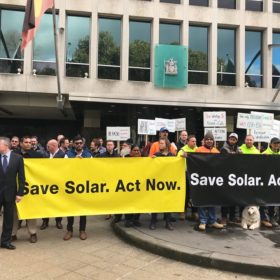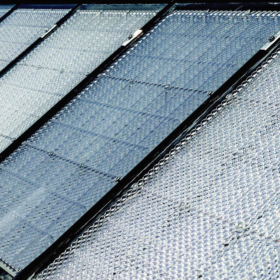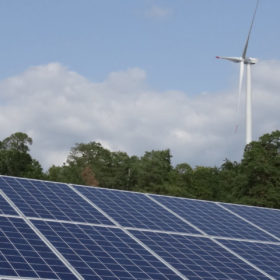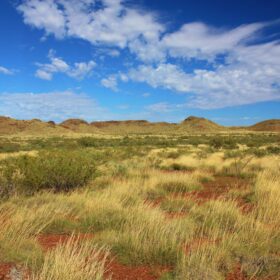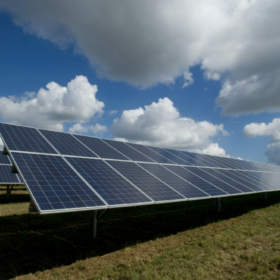ARENA funds voltage-reduction demand response trials in Victoria
The Australian Renewable Energy Agency (ARENA) has today announced funding to United Energy, a Victorian distribution business, in order to trial a voltage-reduction demand response in an effort to deliver grid stability over the Australian summer.
The NEM’s digital twin and the imperatives for new market signals
At a CEDA event exploring ‘Opportunities in the Future Energy Market’, AEMO’s Audrey Zibelman and a lineup of energy thought leaders highlighted the need to value firming services in the new asynchronous energy market, and heralded real-time visualisation of grid and asset performance in the form of digital replicas of the NEM and WEM.
ABB called out by UK Solar Trade Association over quality and customer support
The STA has warned Italian company Fimer, which is set to acquire Swiss company ABB’s inverter business, it will have to honor customer service commitments made to its British members, and voiced fears related to historic quality issues with ABB inverters.
New AER report finds energy affordability still major difficulty for Australians
The Australian Energy Regulator (AER) released its Affordability in Retail Energy Markets report today. The findings show a disproportionate energy cost burden on low-income households and its impact in driving uptake of rooftop PV.
Hydrogen-powered bicycles offer new electromobility concept
With the 200 hydrogen bikes offered to journalists and world leaders at the G7 summit in Biarritz, France proving popular, manufacturer Pragma Industries has received an order for 1,000 of them from Chilean president Sebastian Pinera. The company’s founder, Pierre Forté, wants the bike to have a societal impact in developing countries.
Victoria solar rebate snapped up in under one hour
Even with the boosted solar rebate offering, this month’s first round quota was taken up in minutes. Another 3,250 rebates are due to be released on Tuesday, September 17.
Distributed Energy Test Lab set to open in Canberra
The Distributed Energy Resource (DER) laboratory “DER-Lab” will provide an environment for safe testing of new technologies including monitoring and communication devices, smart controllers, aggregation (e.g. Virtual Power Plant), market participation software and other innovative new products.
Space age solar solution moves toward production
A consortium of European research institutes has received €10.6 million in EU funding to establish pilot production of a high efficiency module concept developed by Swiss startup Insolight. The module combines high efficiency multijunction cells with a solar concentrator lens and has previously demonstrated 29% efficiency.
It’s official: Large-scale Renewable Energy Target achieved more than a year early
The Clean Energy Regulator has confirmed it has approved enough capacity to meet the Large-scale Renewable Energy Target (LRET). While this is a great achievement for the renewables industry, the question remains what comes beyond 2020. Although analysts expect a slow down, ANU researchers find the record installation rates will see Australia surpass the scrapped target of 41,000 GWh of renewable energy generation around the end of 2020.
Rajasthan eyes 50 GW of solar within six years
The state plans to achieve half the amount by 2021-22 under its new draft solar policy. The package also suggests establishing a research hub, privately financed solar parks and encouraging commercial self-consumption of clean energy.

